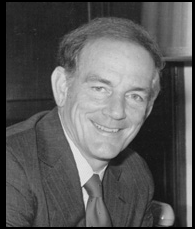
The mid 1970s proved to be a pivotal moment in the history of large landscape conservation. The funding boom of the sixties had come to an end, but the political influence of the environmental movement still held sway in many state capitols and in Washington, D.C. The administration of President Gerald Ford sought to cut back on federal investments in conservation, especially in cities, while members of Congress pushed for increases or – at the very least – preservation of the funding status quo. A document from the era, drafted by Charles Little of the Congressional Research Service, captures these tensions and is worth a read.
In 1975, Senator J. Bennett Johnston of Louisiana, then chairman of the Subcommittee on Parks and Recreation, requested that the Congressional Research Service complete a report on the growing phenomenon of greenline (or green-line) parks. Authored by Little and entitled “Green-line Parks: An Approach to Preserving Recreational Landscapes in Urban Areas,” the study describes the challenge of protecting large, complex landscapes during a moment of budget austerity. Frustrated that the Ford administration was at once cutting funds for urban parks and ignoring or vetoing proposals for more novel and less expensive models, Johnston turned to the CRS as one way to document the need for and the possibility of less-than-fee approaches to conservation. Access the document here, via Hathi Trust.


